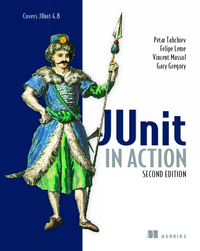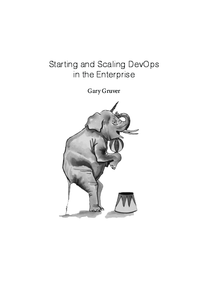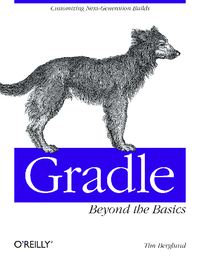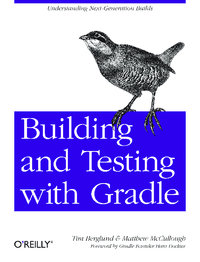JUnit in Action, 2nd Edition
how-to manual for unit testing Java EEcomponents
104 Visitas | 184 Descargas | 2013-10-03 20:31:56 | ybpadron
Descripción
Welcome to the second edition of JUnit in Action! If you’ve picked up this book, we sus-pect you’re a Java developer who cares about the quality of software you produce. Per-haps you’ve worked with the previous versions of the JUnit framework in the past, perhaps you’ve worked with other testing frameworks, or perhaps this is your first step into the testing world. Whichever path has led you here, you’re probably interested in improving your software process and the quality of the software you write. The goal of this book is to give the basic foundation you need—and much more. The world of soft-ware testing consists of many projects that solve specific tasks, of testing different com-ponents and layers of your application. The central player in this world is the JUnit framework. Written by Erich Gamma and Kent Beck about a decade ago, this frame-work has become the de facto standard in Java testing. The latest 4.x versions of the JUnit framework are much more than a revision of the old 3.x JUnit framework. If you haven’t heard anything about the JUnit framework yet, you might expect, based on the name, to find a new release of that old proven framework. But this is not the case. Unlike the old version of JUnit, the 4.x versions introduce a new approach and rewrite of the whole framework. Hence the need for an up-to-date copy of the first edition.
Detalles
| Editorial: | Manning |
| Autor(es): |
|
| Año: | 2011 |
| Páginas: | 503 |
| Lenguaje: | Inglés |
| Tamaño: | 8.95 MB |
| Categoría: | Software Development |
| Etiquetas: | test applications |
Otros Libros de "Software Development"
Contribuir
Usted puede contribuir con Libros UCLV, es importante para nosotros su aporte..
Contribuir


